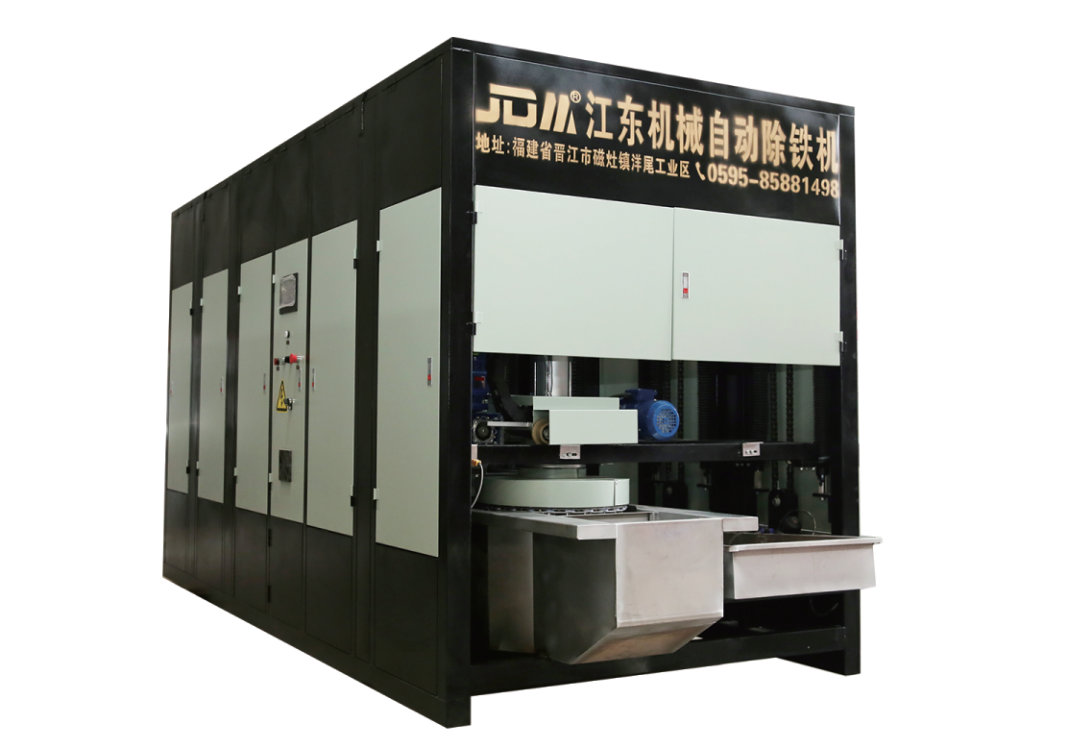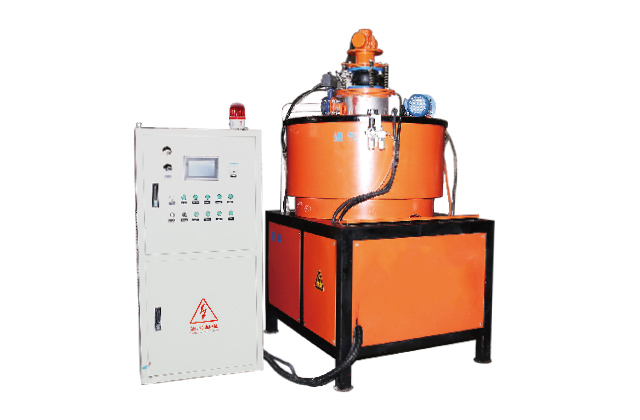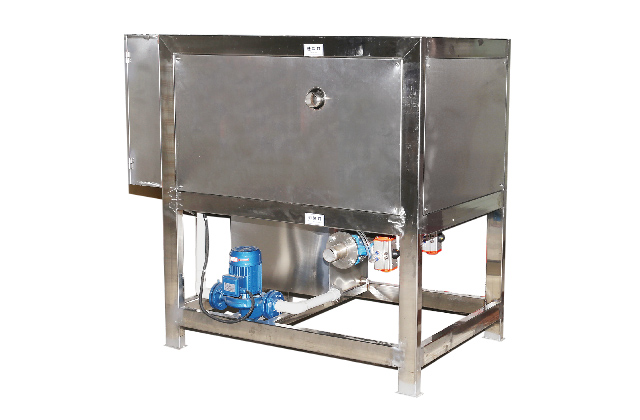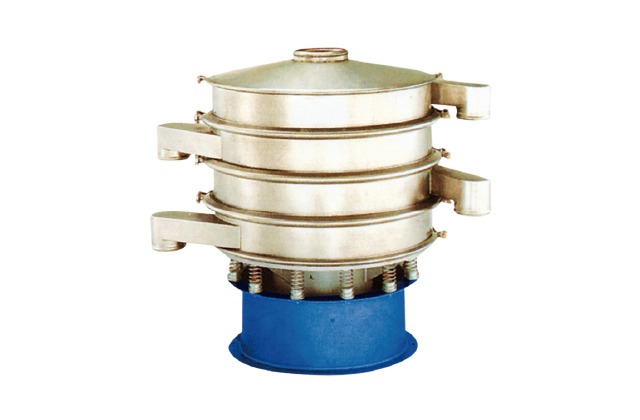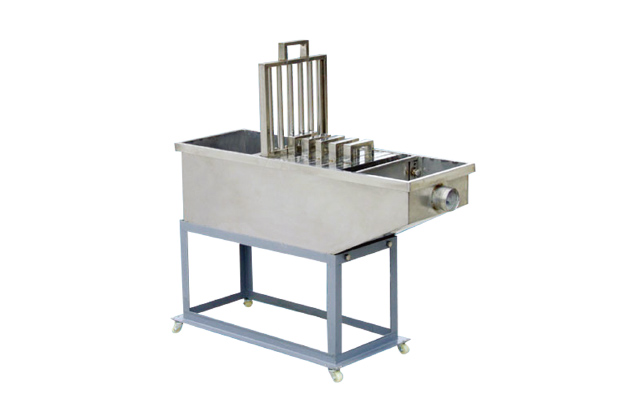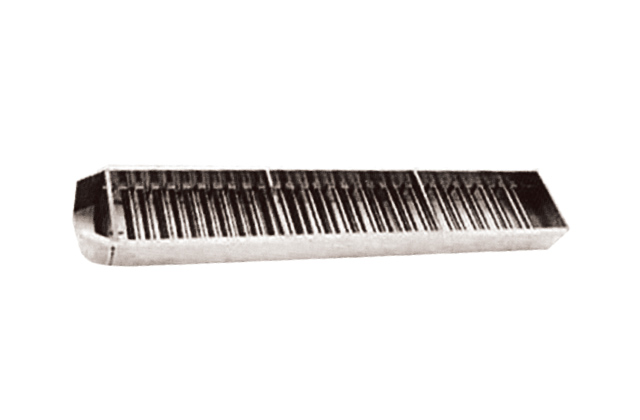September 18, 2025
How Can a Mixture of Iron and Sulphur Be Separated?
Understanding the Mixture of Iron and Sulphur
A mixture of iron and sulphur is a common combination often encountered in chemistry labs and industrial processes. While iron is a metal known for its magnetic properties and strength, sulphur is a non-metal with a distinctive yellow color and odor. When these two elements are mixed together, they form a heterogeneous mixture, meaning the components remain separate and do not chemically react under normal conditions.
However, separating these two substances can be challenging if you don’t know the right techniques. In this article, we’ll explore the most effective methods to separate a mixture of iron and sulphur, ensuring you understand both the theory and practical steps involved.
Method 1: Magnetic Separation
One of the simplest and most efficient ways to separate iron from sulphur is by using magnetic separation. Iron is ferromagnetic, meaning it is attracted to magnets, while sulphur is non-magnetic. This difference in magnetic properties makes it easy to isolate the two substances.
To perform this method, you can follow these steps:
- Spread the iron and sulphur mixture on a flat surface.
- Hold a magnet close to the mixture and slowly move it across the surface.
- The iron particles will be attracted to the magnet and separate from the sulphur.
- Collect the iron particles stuck to the magnet and set them aside.
- The remaining yellow powder is sulphur.
This method is not only straightforward but also environmentally friendly, as it doesn’t require any chemicals or heat.
Method 2: Solubility Differences
Another effective method involves exploiting the solubility differences between iron and sulphur in certain solvents. While sulphur is soluble in carbon disulfide (CS2) and slightly soluble in hot water, iron is not soluble in these solvents under standard conditions.
Here’s how you can use this property to separate the mixture:
- Add the iron and sulphur mixture to a beaker.
- Pour carbon disulfide into the beaker, stirring the mixture thoroughly.
- The sulphur will dissolve in the carbon disulfide, while the iron will remain as a solid residue.
- Filter the mixture using a filter paper or a coffee filter to separate the solid iron from the liquid solution.
- Allow the filtrate (liquid containing dissolved sulphur) to evaporate, leaving behind sulphur crystals.
Interestingly, this method works best when using pure carbon disulfide, as impurities can reduce its effectiveness.
Method 3: Heating
Heating can also be used to separate iron and sulphur, although this method requires caution. When heated, sulphur has a lower melting point (approximately 115°C) compared to iron (which melts at 1538°C). By carefully heating the mixture, you can melt the sulphur while leaving the iron in its solid state.
Here’s how to do it:
- Place the mixture in a crucible or heat-resistant container.
- Heat the mixture using a Bunsen burner or electric heater until the sulphur melts and turns into a liquid.
- Pour the molten sulphur into a separate container, leaving the solid iron behind.
- Allow the sulphur to cool and solidify before handling it.
However, this method is less commonly used due to the risk of sulphur fumes, which are hazardous to health. Proper ventilation and safety equipment are essential if you choose this method.
Method 4: Sieving
If the mixture contains large particles of iron and sulphur, sieving can be an effective separation technique. This method works best when the particle sizes of the two substances are significantly different.
Here’s how to use sieving:
- Place the mixture on a sieve with pores small enough to retain the larger particles.
- Gently shake the sieve, allowing the smaller particles to pass through.
- Collect the particles that pass through the sieve and those that remain on it.
- Inspect both fractions to determine which contains more iron or sulphur.
While sieving is a simple method, it may not yield pure samples if the particle sizes are too similar.
Conclusion
Separating a mixture of iron and sulphur can be achieved through various methods, each with its own advantages and limitations. Magnetic separation is the most straightforward and widely used technique, while solubility differences and heating offer alternative solutions for specific scenarios. Regardless of the method you choose, it’s important to follow safety guidelines and ensure the purity of the final products.

